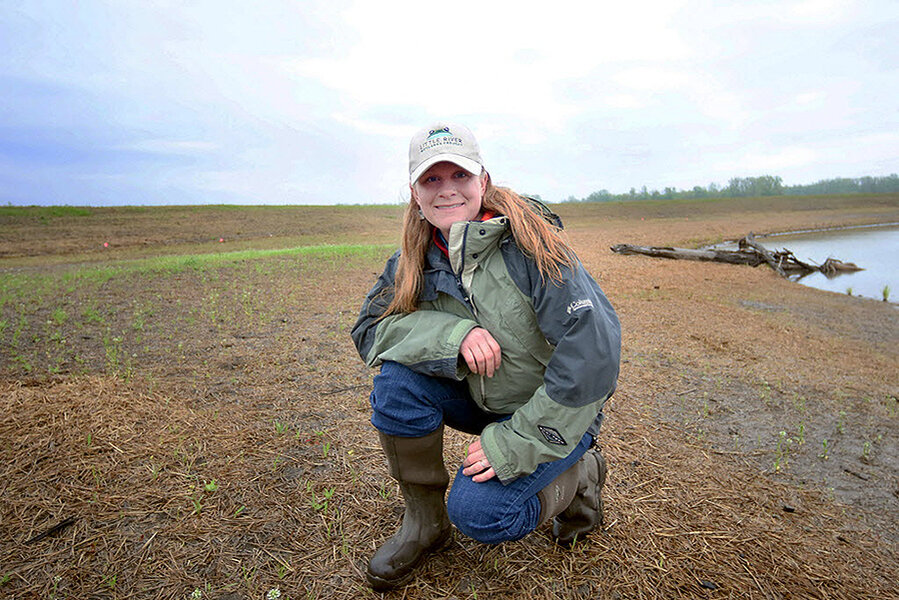Invasive Asian carp are present in three Great Lakes. How can conservationists fight back?
Loading...
Grass carp have invaded three of the five Great Lakes, poising them to become an increasing environmental risk – but there's still time to act, according to a new report.
Several Asian carp species are poised to become dominant players in the freshwater lakes’ ecosystem, and could threaten native fishes by competing for both food and habitats, found a scientific analysis of the population published on Friday. Researchers believe it is “very likely” that grass carp will become established populations in four of the lakes within the next decade unless officials take effective legal and infrastructure advances to stop their spread.
"For the first time, we have a binational, peer-reviewed study by some of the best minds and practitioners in the field who have a consensus on what the risk is to the Great Lakes from grass carp, and it's pretty substantial," Marc Gaden, a spokesman for the Great Lakes Fishery Commission, told the Associated Press.
Biologists say that grass carp are among the least concerning carp species, with the bighead and silver carp species posing greater threats as they compete with native fish for food. In contrast, grass carp survive on vegetation that provides habitats and breeding grounds for local fish.
Grass carp have been spotted in Lakes Erie, Michigan, and Ontario, but researchers in the US and Canada have yet to gauge a solid estimate of how many fish there are or how vast their territory has become. The species was initially introduced to US waters in the 1960s, as officials sought to curtail weed growth in waterways. Since then, some have migrated north, reaching the Great Lakes via the Mississippi River.
Evidence of Asian carp in the Great Lakes is nothing new, but their growing presence has raised concerns. A study published last year found that carp could make up one-third of the fish population in Lake Erie, should they continue to migrate to the lake and reproduce. Fearing the impact the ecological shift could have on native species and the lake’s valuable diversity, officials have considered costly plans to build barriers.
Fish purposely released from hatcheries are usually sterilized, but some found in the Great Lakes region have been fertile, leading researchers to worry they could establish a stable population comprised of several generations.
"Our assessment is saying that yes, they were showing up before, but now they're starting the invasion process," Becky Cudmore, the Asian carp program manager for Canada's fisheries and oceans agency and author of the report, told the Associated Press. "They have arrived. Now is the time to act."
While there’s still time for researchers to act, there isn’t a single clear – or cheap – path forward. Experts behind Friday’s study say a renewed enforcement of laws that prohibit bringing carp to the region could help, along with ensuring that fertile fish aren’t let out of hatcheries. Conservationists could also use nets to block them from entering the lakes, particularly during times of the year when they reproduce.
In 2014, a US Army Corps of Engineers study found that it would likely take 25 years and billions of dollars to stop Asian carp and other nonnative species from invading the lakes. While several of their most foolproof recommendations centered around building a permanent barrier, some note that the costly construction would interfere with barging interests.
“There is a residual risk for all of these [options],” Dave Wethington, a Chicago-area waterway system project manager for the US Army Corps of Engineers, said in 2014. “The ultimate decision is up to the collaborative group of stakeholders.”
This report contains material from the Associated Press.








